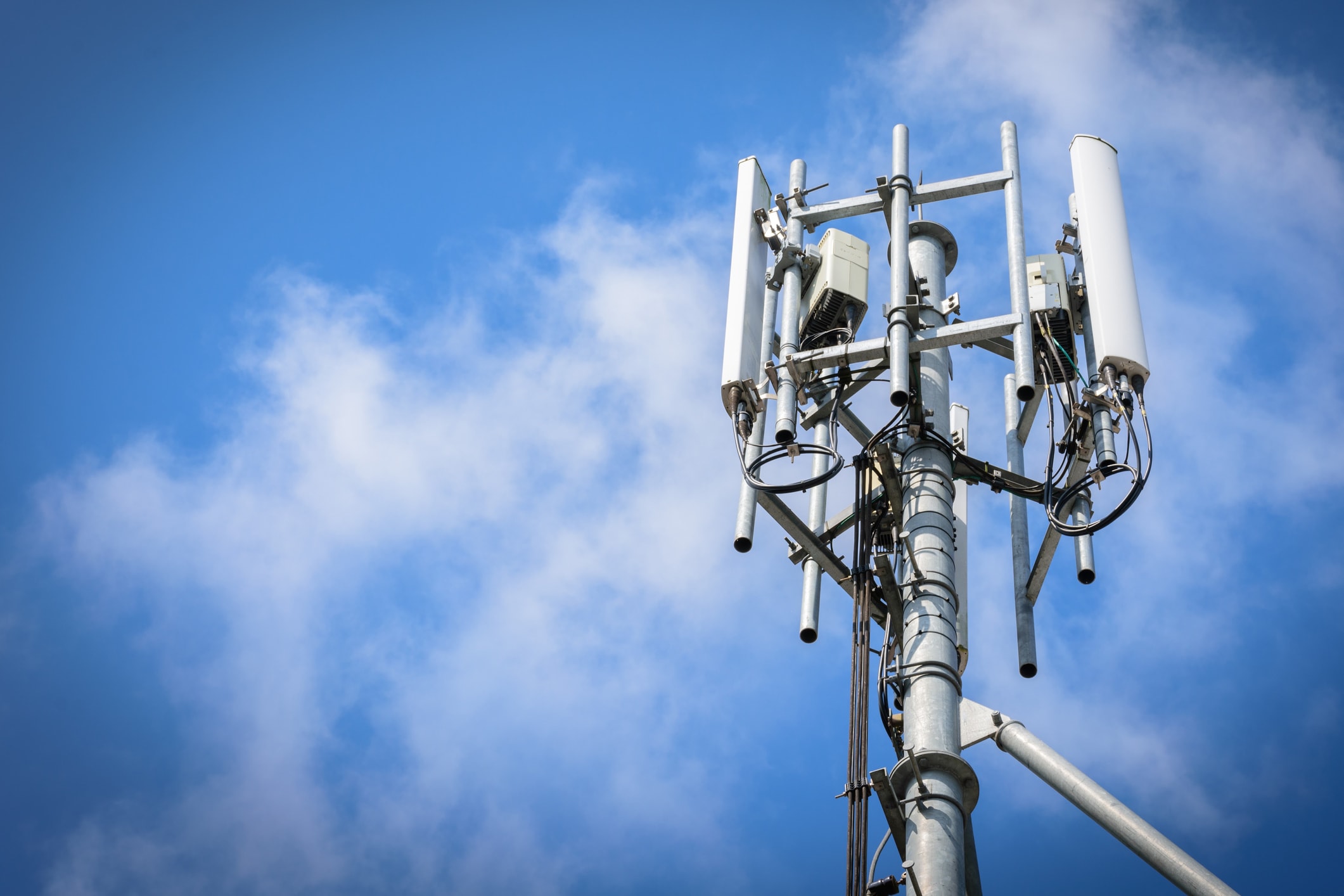If you? ve ever strolled by what is a safe distance from a cell tower of a city, you may have spotted small small 5G cell towers on street light source poles. what is a safe distance from a 5g cell tower appear like small containers, but they? re also really transmitting cordless signals from cellular carriers to the phone.
These more compact, purpose-built cell may be are replacing greater, purpose-built ones. Whilst less obvious, they may nevertheless cause issues for those.
The FCC? s Light Exposure Thresholds
The particular Radiation Exposure Thresholds of the FCC establish the secure distance from which usually a person can be exposed to electromagnetic radiation from cordless devices. The publicity limitations are based on scientific facts indicating that RF energy may get hazardous to individuals health.
The specific absorption rate (SAR) quantifies the radiofrequency energy absorbed by cells. It is generally 1. 6 watts per kilogram, proportioned across one g of tissue.
Nonetheless, since what is a safe distance from a cell tower at higher eq, it may cause more energy intensity around the skin and other immediately revealed body parts. This might result in some sort of variety of probable consequences, such as the accelerated advancement of skin illnesses such as hautentzündung, skin cancer, in addition to cataracts.
Due of the potentially severe consequences of 5g radiation, PSU has opted to enforce a general localized power density restriction of 4 mW/cm2 averaged over just one cm2, and certainly not to exceed 30 minutes, for all those 5G services at 3000 GHz. This limited limit is steady with the optimum spatial-average SAR regarding 1. 6 W/kg averaged across a single g of cells at 6 Gigahertz.
The FCC? s i9000 Maximum Exposure Thresholds

If you've actually used a mobile phone, a person surely be aware that an individual must be no less than 400 meters away from tower for safety. This is credited to the simple fact that the indication strength of a cell tower grows significantly with distance.
Whilst this may seem like a wonderful concept, the reality is that those living all around may be may be additional prone to health and fitness issues. A 2014 research in India, for instance, pointed out that persons which resided within 50 meters of cellular towers had greater health concerns compared to those who lived farther away.
But, this research likewise revealed that signs and symptoms returned to normal in just a few times for persons which relocated to spots distant from cellular towers. Several experiments have indicated that will exposure to substantial levels of radiofrequency electromagnetic fields (EMFs) may possibly induce cancer, mind tumors, and additional health concerns.
RF radiation, which will be used in cordless communication, may penetrate the outermost part of the body of a human, the skin. Typically the skin functions because a protective buffer against mechanical harm, infection by pathogenic bacteria, and the particular admission of unsafe chemicals. It will be responsible for preserving the integrity of other organs which is the biggest body organ inside the human entire body.
Minimum Exposure Thresholds of the FCC
The FCC's Minimum amount Exposure Thresholds derive from a number involving unsupported scientific presumptions. They add the incorrect notion that immediate exposures to RF radiation are safe still to pay to low transmission into the body (i. e., tissues heating) (i. e., tissue heating).
Additionally, the assumption disregards the deeper sexual penetration in the ELF pieces of modulated RF signals and the impact of brief temperature bursts from pulsed RF waves. These assumptions do not line up with the present knowledge of the particular biological effects of RF radiation; as a result, they should not be utilized to establish health-protective exposure boundaries.
In addition , the ICNIRP and FCC restrict their maximum exposure limits to neighborhood peak SARs structured on the peak spatial specific intake rate (psSAR), that is an insufficient dosimetric technique for evaluating the degree of RF the radiation exposure. Specifically, psSAR is incorrect in frequencies greater as compared to 6 GHz. In addition, psSAR is actually not investigated for RF light with co-exposure in order to other environmental elements such as sunlight. Interactions between radiofrequency (RF) radiation and other environmental factors may have antagonistic or synergistic results. This would increase the likelihood of hazardous health outcomes. Co-exposure to RF the radiation and sunshine, intended for instance, may enhance the risk of skin cancer and worsen other skin conditions, like acne.
